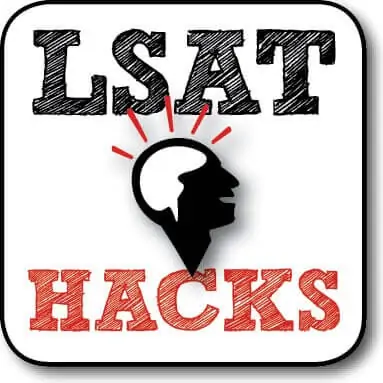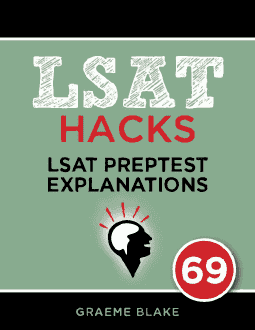This is an explanation for passage 4 of LSAT 69, the June 2013 LSAT. This passage is about Stanley Temple’s theory about the Calvaria major tree and the dodo in Mauritius.
This section has the passage analysis, links to the explanations for the questions are below.
Paragraph Summaries
- Temple thought the decline in Calvaria major trees was caused by the dodo. He only found 13 trees, and no young trees. He assumed their seeds couldn’t germinate (grow).
- Temple thought that the seeds had a thick pit, to withstand digestion in the dodo’s gizzard. Temple thought that dodos ate Calvaria major fruit, and that without dodos, no bird would digest the pit so the seeds could germinate.
- Temple found that Calvaria major seeds could withstand passing through the stomachs of turkeys, and some seeds germinated.
- Later ecologists found many more Calvaria major trees. They also found that Calvaria major seeds could germinate without passing through a bird’s stomach.
Analysis
This passage has a different structure from most RC passages. First, it presents Temple’s hypothesis, which appears to be convincing. However, the passage them demolishes this hypothesis. In the final paragraph, the author makes clear they think Temple is probably wrong.
You don’t have to completely understand Temple’s idea in order to answer the questions. But it helps to reread any section that confused you the first time through.
I always do this if I’m unsure about a passage. It takes less time to reread than to read. You’ll answer questions faster when you understand better.
Temple’s Evidence (it’s weak)
Here are the facts that support Temple’s theory:
- Temple didn’t find many Calvaria major trees. (Second-to-last sentence of the first paragraph)
- The youngest trees he found grew around the time the dodo disappeared. (Second-to-last sentence of the first paragraph, first sentence of the second paragraph)
- The Calvaria major seeds have thick pits. (Middle part of the second paragraph)
- This thick pit would have let seeds withstand acid in the dodo’s gizzard. (Middle part of the second paragraph)
- Temple suspected that Dodos often ate the fruits which contained these seeds. (Middle part of the second paragraph)
- Temple thought that the seeds couldn’t germinate if the pit walls were unabraded. (Second half of the second paragraph)
- Temple calculated that the pits could have withstood the dodos’ stomachs (Middle part of the third paragraph)
- Turkey gizzards could abrade the pit walls. Some of those seeds germinated. (Second-to-last sentence of the fourth paragraph)
That’s a lot of facts to keep track of! The most important assumptions are the following:
- The youngest Calvaria major trees that Temple found are 300 years old.
- Temple thought Calvaria major seeds can no longer germinate, since they don’t pass through dodo digestion.
The Author Thinks Temple Was Mistaken
The author only uses a couple of facts to demolish this argument:
- There are in fact many young Calvaria major trees. (Fourth paragraph)
- Calvaria major seeds can germinate on their own.
(Fourth paragraph)
If you read carefully, you’ll notice the author is skeptical of Temple throughout the passage.
- In the last sentence of the first paragraph, they say Temple assumed the seeds couldn’t germinate.
- In the first sentence of the second paragraph, they say “what Temple considered the last evidence of natural germination”.
- The first sentence of the third paragraph says his argument had a semblance of rigor.
The biggest tell of all is easy to miss. In paragraph 2, the author says that Temple hypothesized that dodos ate Calvaria major fruit.
So Temple didn’t prove dodos ate the seeds! It’s just a theory. It’s possible that dodos never digested Calvaria major fruit.
A word like ‘abraded’ is hard, but you can get it from context on the second-to-last sentence of the third paragraph. It’s the verb for abrasion.

Want a free Reading Comp lesson?
Get a free sample of the Reading Comprehension Mastery Seminar. Learn tips for solving RC questions


Leave a Reply